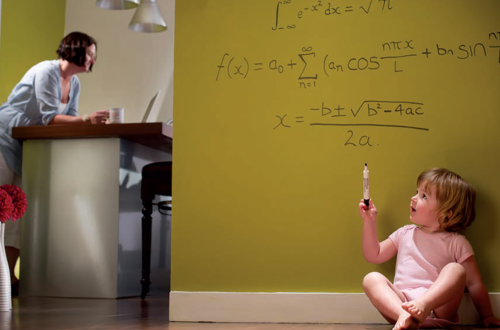Delta-K
Journal of the Mathematics Council of the Alberta Teachers’ Association
Volume 54 Issue 1, June 2017
20 to 27
Creativity in Mathematics Classroom Settings: Recognizing the Collective Level
Ayman Aljarrah
Researchers see creativity as an essential life skill and recommend that it should be fostered by the education system (Burnard and White 2008; Craft 2000; Torrance 1988 ). For example, Burnard and White (2008) suggested that creativity is needed to meet the multiple need s of life in the 2 I st century, which calls for enhanced skills of adaptation, flexibility, initiative and the ability to use knowledge in different ways. A glance at the literature on both creativity and “education reform efforts” asserts that creativity in the classroom is not an added frill to be taken or left; on the contrary, it is an important thinking and acting 20 skill that should be fostered. It is “now considered good for eco nomie s, good for soc iety, goo d for communities and good for education” (Burna rd and White 2008 , 669). Friesen and Jardine (2009 ) argued that in today’s globalized context, eve ryone needs robust, rigorous thinking abilities and skills-one of which is creativity-that not only the labour market increasingly ca lls for but also life in all its manifestations.






